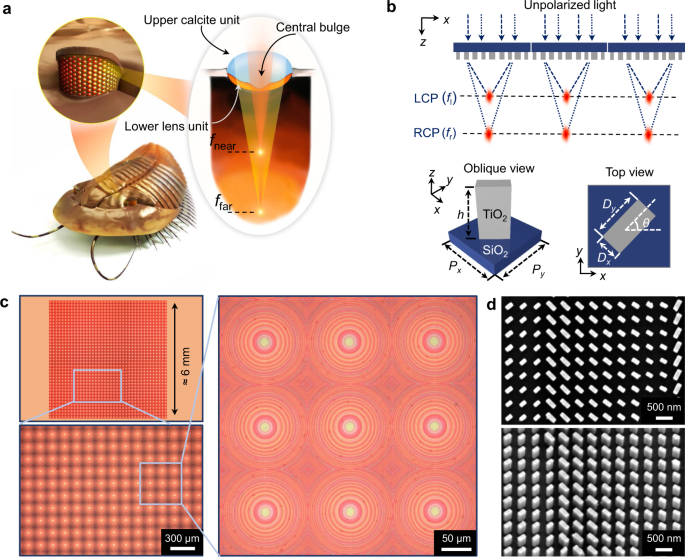2022-04-15 ワシントン大学セントルイス校
Science Advances誌に発表された新しいモデルによるシミュレーションによると、気温の上昇が植物をもたらし、その後さらに気温が上昇したとのことである。
学芸学部地球惑星科学科の博士研究員であるアレキサンダー・トンプソン氏は、過去1万年間における地球気温の主要因としての植生の変化の役割を反映するために、重要な気候モデルのシミュレーションを更新しました。「花粉の記録は、その期間中の植生の大幅な拡大を示唆しています」とトンプソンは言いました。
<関連情報>
- https://source.wustl.edu/2022/04/changes-in-vegetation-shaped-global-temperatures-over-last-10000-years/
- https://www.science.org/doi/10.1126/sciadv.abj6535
北半球の植生変化が完新世の熱的極大を促進する Northern Hemisphere vegetation change drives a Holocene thermal maximum
ALEXANDER J. THOMPSON,JIANG ZHU,CHRISTOPHER J. POULSEN,JESSICA E. TIERNEY AND CHRISTOPHER B. SKINNER
Science Advances Published:15 Apr 2022
DOI: 10.1126/sciadv.abj6535

Abstract
The Holocene thermal maximum, a period of global warmth evident in early to mid-Holocene proxy reconstructions, is controversial. Most model simulations of the Holocene have not reproduced this warming, leading to a disagreement known as the Holocene Temperature Conundrum. Pollen records document the expansion of vegetation in the early and mid-Holocene African Sahara and Northern Hemisphere mid- and high latitudes, which has been overlooked in previous modeling studies. Here, we use time slice simulations of the Community Earth System Model to assess the impact of Northern Hemisphere vegetation change on Holocene annual mean temperatures. Our simulations indicate that expansion of Northern Hemisphere vegetation 9000 and 6000 years ago warms Earth’s surface by ~0.8° and 0.7°C, respectively, producing a better match with proxy-based reconstructions. Our results suggest that vegetation change is critical for modeling Holocene temperature evolution and highlight its role in driving a mid-Holocene temperature maximum.



